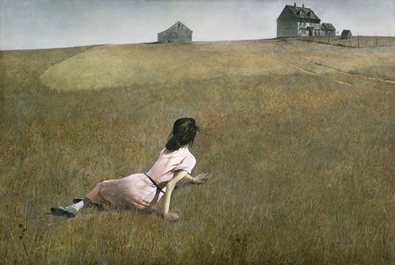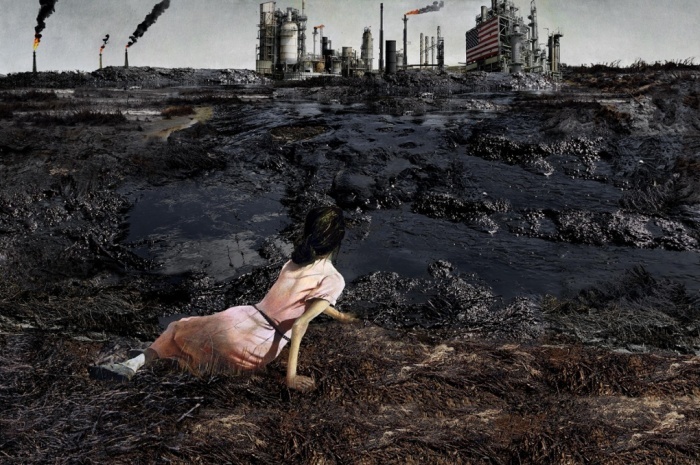STEP ELEVEN: PLOT & SYMBOLISM
The plot of a story is the answer to the questions: “What happens; what is the sequence of events?” Symbolism is using one thing to represent another.
USE OF REFERENCE SYMBOLIC REPRESENTATIONS

This taps into allegory or metaphor, into memories and deeply embedded narratives. This has to be done with care and recognition of the symbol’s historical and cultural meanings.
Consider what are iconic images, paintings, symbols in your narrative landscape and for your audience. Can you reference these symbols in your storytelling?
Examples:
**New symbols can emerge quickly i.e. Shepard Fairey’s posters. Which he has since recast for many uses.
TAP INTO MASTERPLOTS

Masterplots are stories that are already very common. Think of a typical hero’s journey or a romance movie. These kinds of stories are based on formulas that are familiar to many people. When you tap into these kinds of formulas, recognize that people have expectations for how the story will progress. Whether you fulfil them or not, people can often enter such stories with greater ease.
Activist movements have often told Rescue stories which have three types of characters: a Hero, a Victim, and a Villain. The Victim is the least important character in this situation. We want to avoid telling these kinds of stories because they often support problematic and disempowering narratives about “victims.” What masterplots might help guide how you tell your story?
Here are some Masterplots from 20 Masterplots and How to Build Them by Ronald B Tobias.



